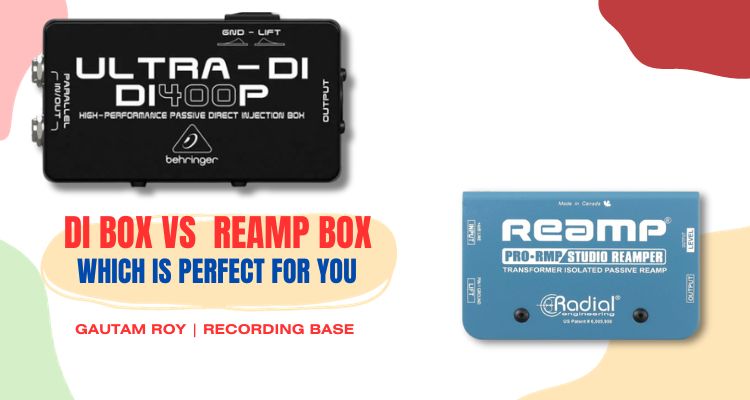Do you know the difference between SPDIF and optical connections? If not, don’t worry – you’re not alone!
In this article, we will discuss the differences between SPDIF and optical connections, as well as when each one should be used.
I’ll also provide a few tips on how to make the most of your audio connections.
Read also,
Let’s get started!
Table of Contents
What is SPDIF connection?
SPDIF is an audio transfer protocol (format) that allows devices to transfer digital audio signals from one device to another.
As the audio signals are transferred in digital format there is no need to convert them to an analog signal. That’s why SPDIF is called a lossless audio transfer format.
In a traditional audio transfer format, the audio signal first converts from a digital to an analog connection inside the first device.
Disclosure: This post may contain affiliate links, which means we may receive a commission if you click a link and purchase something that we recommended. Read more about Affiliate disclosure here.
After reaching the second device it is again converted to a digital signal to transfer to the speakers.
In this process, there are some signal losses in the audio.
SPDIF allows you to transfer the audio signals without loss if both devices have SPDIF ports.

It does not work in analog instruments and human voice where the only way of transferring the audio is a magnetic pickup or microphone diaphragm.
Well, many digital devices and instruments such as electronic synthesizers and octopods, audio interfaces, and mixers have SPDIF ports which you can use to transfer audio without any loss.
What is ADAT Optical connection?
An optical connection is another lossless audio signal transfer format in which the signal is first converted to laser light and then transferred via fiber optic cables by the theory of “TOTAL INTERNAL REFLECTION“.
Today optical signal transfer protocol or Fiber optic cable is used in various applications such as internet data transfer, audio signal transfer, etc.
It is a high-speed data transfer protocol.
ADAT optical technology is based on optical signal transfer protocol through Total Internal Reflection.
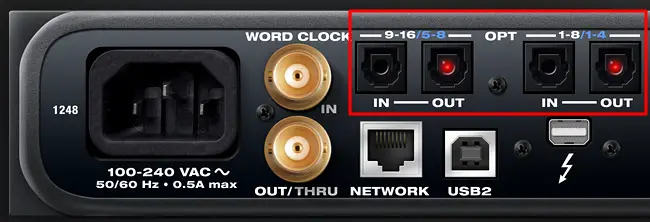
The Total Internal Reflection minimizes the loss of light which makes it possible to transfer the data far away from the source.
Nowadays most audio interfaces allow you to transfer the data of multiple audio tracks simultaneously.
Even some digital instruments also have optical outputs.
The History of SPDIF and Optical Connections
SPDIF is developed in the early 80s to connect CD players to receivers.
This technology is used to transfer the audio signals internally inside the CD player. SPDIF technology is co-developed by Sony and Philips hence it is called Sony/Phillips “Digital Interconnect Format”, in short SPDIF.
Fiber optic data transfer protocol was first introduced by German physicist Manfred Börner at Telefunken Research in 1965.
He used the Total Internal Reflection theory with optical fiber cables and got that the light can be transferred without any loss.
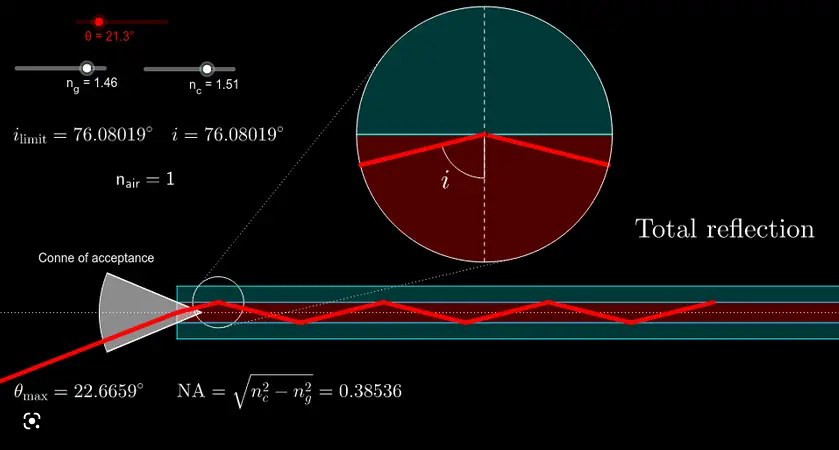
With time, this technology is adopted by many industries including the audio recording industry.
So, we can say, this technology is refined with time and today’s version is very different from the earlier version.
Well, ADAT, or “Alesis Digital Audio Tape” was first introduced by Alesis in 1992 which was the first eight-track audio recording machine.
Now, the ADAT protocol is used to transfer multiple track data simultaneously throughout the recording environment.
Most of the audio interfaces, mixers, and signal processors have this connection type which enables them to transfer multiple tracks simultaneously from one device to another, and course without any signal loss.
SPDIF Vs Optical: Comparison
| SPDIF | ADAT Optical | |
|---|---|---|
| Signal quality | A slight loss in signal | Clear and lossless |
| Interference | As it’s an electronic signal some interference may be possible | Light pulses are interference-free from electromagnetic sources |
| Uses | DVD players, TV, audio interfaces, audio mixers, signal processors, synthesizers, and other digital instruments | Dolby decoders, audio interfaces, mixing consoles, ADAT recorders |
| Limitations | Only limited to digital instruments. No use for mics and analog instruments | It can handle True HD quality but the data transfer rate is relative to the width of the optical fiber. |
| Speed | Transfers up to 192 kHz, 20-bit (24-bit optionally) Stereo signal | Transfers up to 192kHz, 24bit HD quality 8-channel audio track data |
| Overview | Good for audio data transfer from one device to another | Good for all types of use from home theater to mixing consoles and audio interfaces |
When to use SPDIF
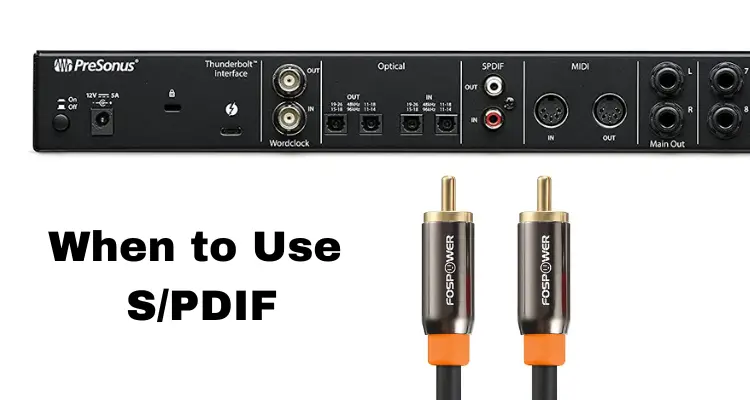
If you want to connect two audio devices carrying two channels of uncompressed digital audio from one end to the other then SPDIF is one of the best solutions.
BUT, SPDIF is limited to stereo audio signal you can only transfer two-channel stereo audio.
The bit depth of the audio signal is 20-bit(24-bit optionally) and the highest sample rate is 192 kHz.
The sample rate of the source and receiver should be the same during transfer.
The limitation of stereo signal transfer makes it ideal only for final outputs where generally stereo signal is used.
SPDIF can’t handle 5.1 channels surround audio signal.
When to use ADAT Optical
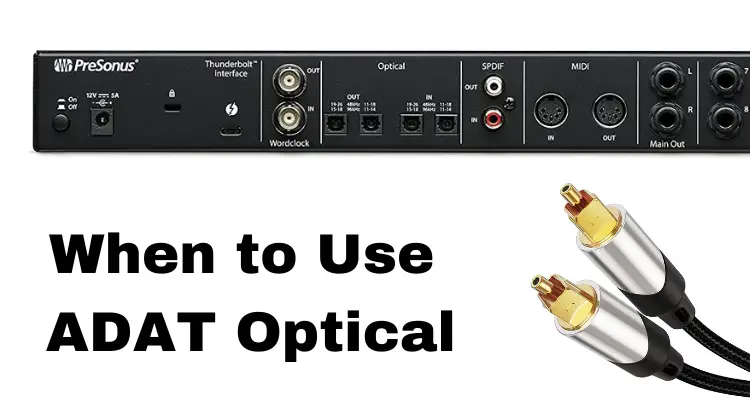
If you want to transfer multiple audio track data at the same time “Without any signal loss” then you should use an optical ADAT optical connection.
A typical ADAT optical connection is capable of transferring the uncompressed data of 8 audio channels at 24Bit/48kHz, 4 channels at 96kHz, and 2 channels at 192kHz.
To better understand the sample rate you should refer to this article.
So, if you have an ADAT optical connection on your mixer and audio interface then you can use it to transfer data accordingly.
Apart from the traditional analog connection where TRS and XLR cables are used to transfer audio from source to destination where signal loss is obvious, ADAT optical can be used to transfer the same data without any signal loss.
Data Transfer Speed
As we know both ADAT optical and SPDIF carry digital signals so the speed is relatively higher than traditional analog cables.
However, ADAT optical carries more data than SPDIF so it can be used to transfer multiple track data.
Let’s have a look at the data transfer speed of both connections.
SPDIF
SPDIF is capable of transferring 24-bit data from 44.1 kHz to 96kHz sample rate. That means it can transfer up to 96000 samples in one second.
But the limitation is it can be used to transfer only stereo channels. So you cannot use it to transfer individual tracks.
Although, this type of connection is used to mix down the audio to a CD player and other devices.
ADAT Optical
ADAT optical is capable of transferring multiple tack data at the same time. It can transfer up to 192kHz 24-bit uncompressed audio.
for 44.1 kHz and 48kHz, it can transfer 8 one-way audio channels. For 88.2kHz and 96kHz it can transfer 4 channels simultaneously and for 192 kHz it can transfer 2 channels simultaneously.
As it is capable of transferring multiple channels at the same time, you can use it as a bridge between your mixers, audio interfaces, and the effect rack.
Cable Type
SPDIF
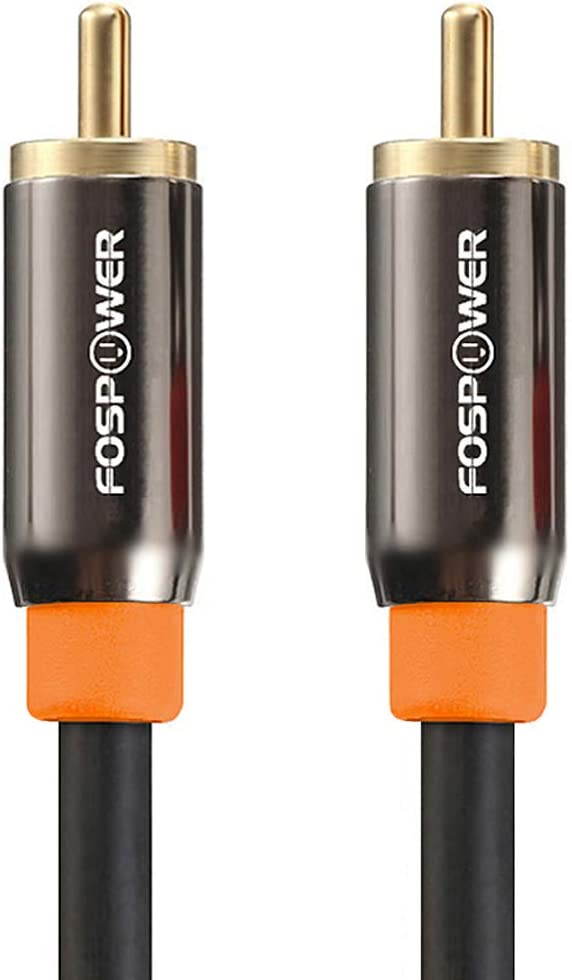
There are two cable types used in SPDIF connection. It can be either a coaxial cable (which is used on RCA or BNC connectors) or a fiber optic cable connector.
If our device has RCA types SPDIF connection then you should use a coaxial cable to connect your device with another device.
If your device has optical SPDIF then you can use an optical cable to connect your devices.
ADAT Optical
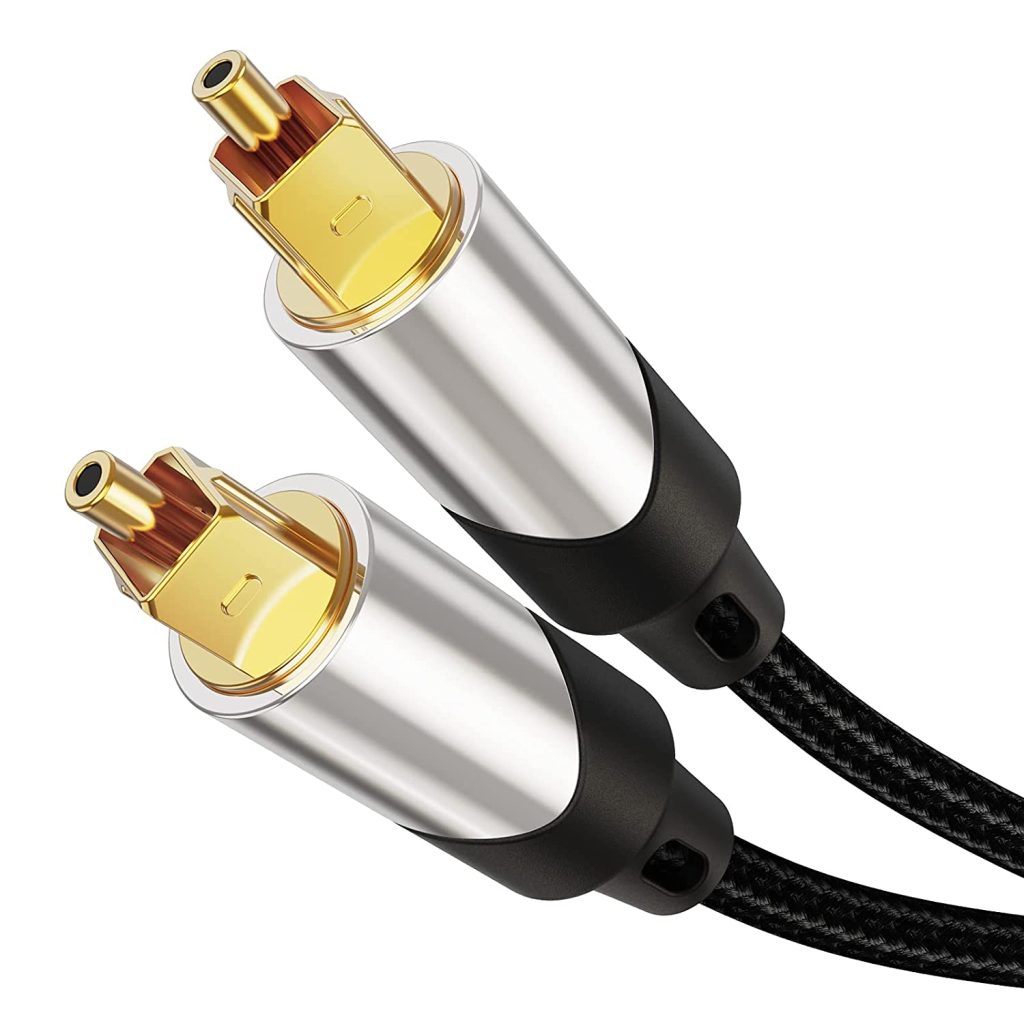
As mentioned in the name there is a fiber optic cable used to transfer data in ADAT optical connection.
A good quality fiber optic cable should be used in ADAT optical connection.
How to Make the Most of Your Audio Connections
There are some DO AND DON’TS that you should follow to get the most out of DAT optical and SPDIF connections.
Always use high-quality cables
Whether it is coaxial, optical, or XLR cables. Signal loss is obvious if you are not using high-quality cables.
Suppose you are using a broken optical cable then the light will not follow the rule of total internal reflection.
Hence the signal will not reach the destination. Similarly, if a coaxial, or XLR cable is damaged then the signal loss is obvious.
SO, only use durable and coated cables for long-lasting results.
Clean the cables frequently
Audio cables, especially optical cables can be blocked due to dust. So it’s good practice to clean the cables frequently. Similarly, you should clean other cables and connectors frequently to get clear audio signals.
Keep cables inside the box if not used
If you are not using the cables then you should keep them inside the box. Don’t keep them here and there. Otherwise, the quality of the cable will be reduced.
Don’t Use typical RCA cables in SPDIF ports
Do not use typical RCA cables with SPDIF. Only use high quality coaxial cables with SPDIF connectors.
Keep in mind that RCA connections are analog where SPDIF connections are digital so for a good-quality signal you need high-quality coaxial cables.
The Bottom Line
SO, here I’ve given this comparison between SPDIF vs Optical connections in audio recording. I hope you have got the knowledge of both the connection types and now you could use them in the right way.
Well, I do not use SPDIF connection frequently. BUT, ADAT optical is quite important to me. As I do multi-track recording frequently so I need optical connections to connect my devices.
However, the use of both types of connections depends on the use cases.
Let me know in the comments which types of connection you are using and why?
Happy recording!
Read also,


![Heritage Audio i73 PRO Series Audio Interfaces Review [2024]](https://www.recordingbase.com/wp-content/uploads/2024/01/Heritage-Audio-i73-pro-series.jpg)

